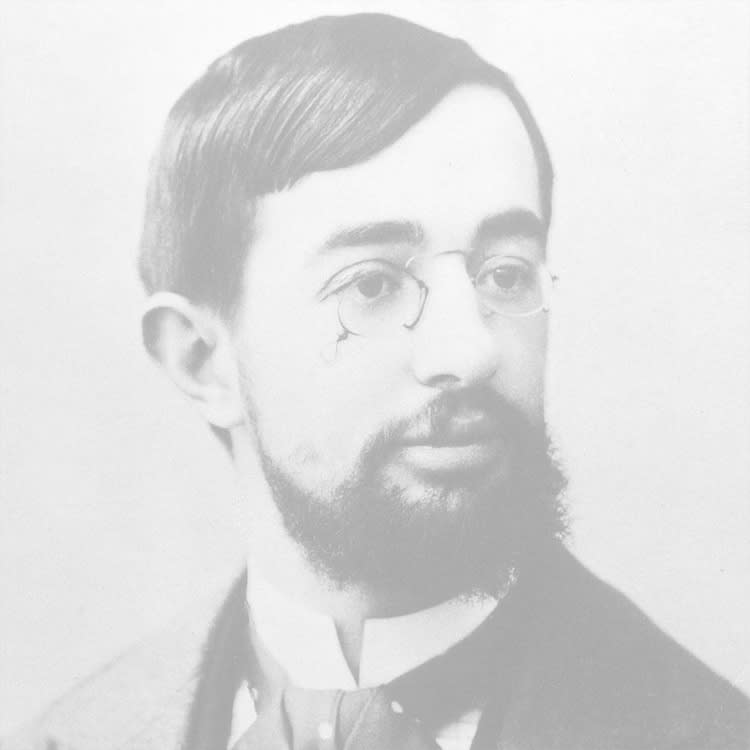HENRI TOULOUSE-LAUTREC 1864-1901
Henri Toulouse-Lautrec is an iconic painter and poster artist of the 19th century, whose works are exhibited at the HELENE BAILLY gallery.
Henri Toulouse-Lautrec is the fruit of an inbred marriage from which he will suffer from several physical difficulties, including a bone disease which will force him to stay in bed for a long time. This is how Henri Toulouse-Lautrec would have started drawing. He completed his personal skills by taking courses at the academies of Léon Bonnat and Fernand Cormon. In the neighbourhood of Montmartre, Henri Toulouse-Lautrec mingled with innovative artists such as Vincent van Gogh or Emile Bernard. Like them, his production is distinguished by its uniqueness. He produces portraits, representations of everyday life, with a recognisable style. Most of his works are made on paper and most often in gouache or watercolour, and are captured in muffled spaces imbued with a certain naturalism. Toulouse-Lautrec is also known for the posters he designed for the Comédie Française and various cabarets. These are characterised by a nervous line, encircled silhouettes and stylised figures. The colours are bright and are laid out in wide flat areas. In this sense, the artist was considered to be a precursor of the advertising poster.
Toulouse-Lautrec died at the age of thirty-seven, in poor health and leading a life of debauchery, leaving behind him a vast body of work that can be seen today in the Musée d'Orsay, the Toulouse-Lautrec Museum in Albi and in major American museums such as the MoMA and the National Gallery in Washington.

